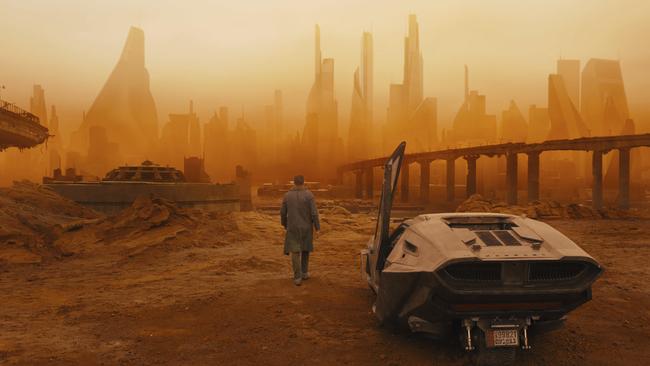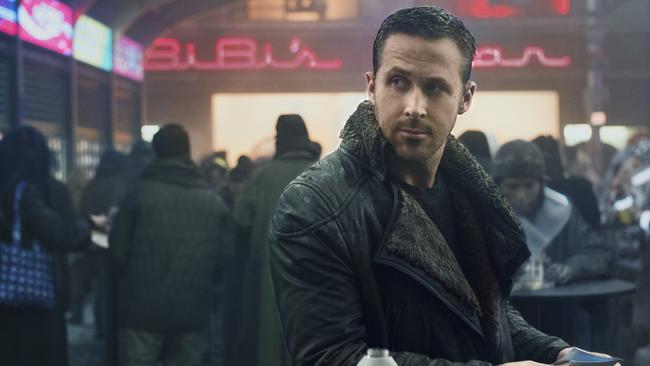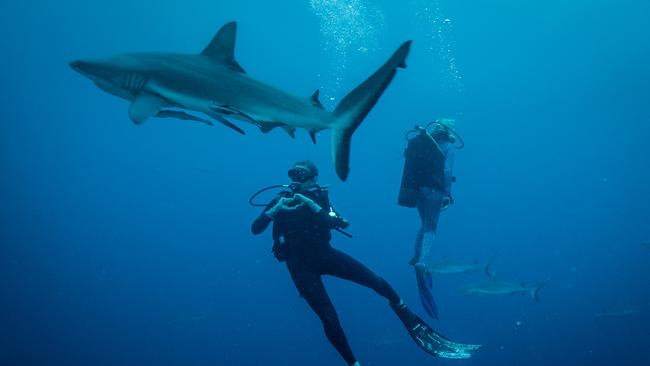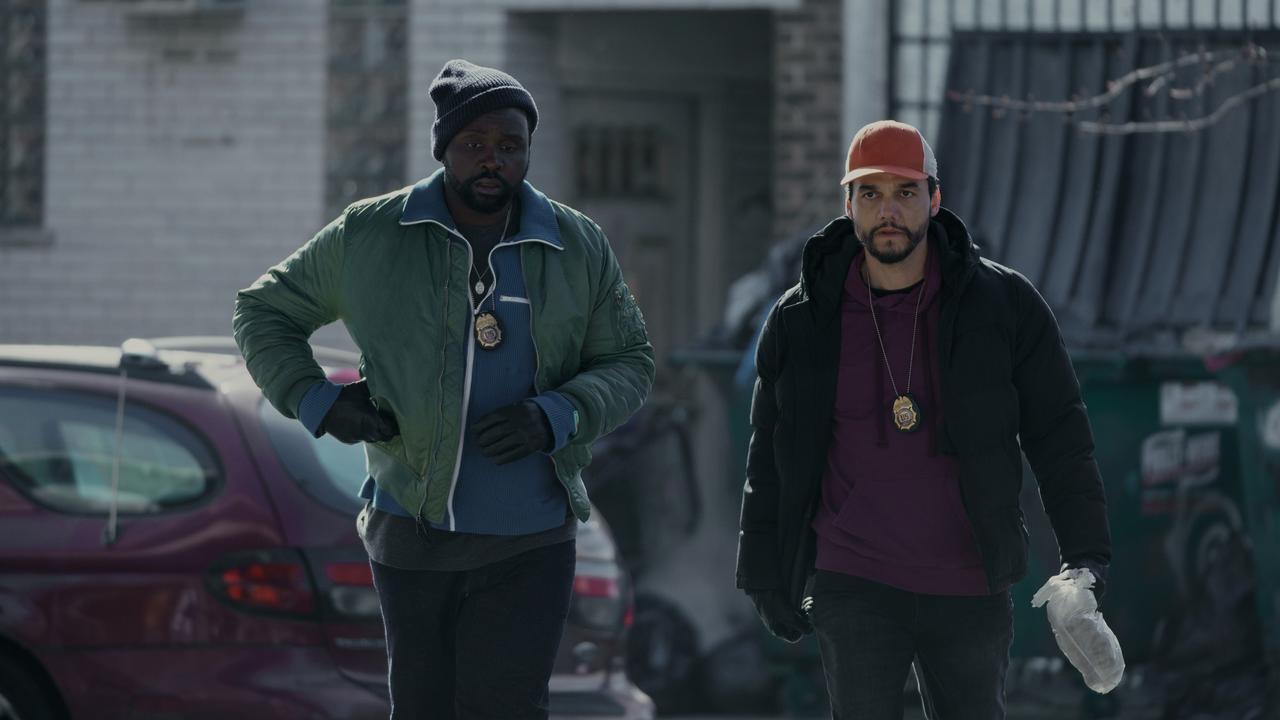Blade Runner 2049, Blue: films good enough to see again
Blade Runner 2049 is an impressive cinematic achievement and it would be rewarding to go back for a second viewing.

Ridley Scott’s Blade Runner (1982) has become, with the passage of time, a cult movie so warmly embraced by its vast army of fans that it’s hard to believe it wasn’t a huge success on its original release. Reviews were mixed (one major critic carped that the film had “a narrative so lame it seems in need of a wheelchair”.)
Then there was that narration that evoked film noir but which Scott and the film’s star, Harrison Ford, claimed in interviews they never really wanted. Ten years after the original release a so-called “director’s cut” was discovered and released; this had no narration and a different, darker, ending. Suckers, like me, who acquired copies of the film on home video were regularly offered new, allegedly more “integral” versions; the Blu-ray copy that sits on my shelf has no fewer than five versions of the film. And so the legend has grown and so has anticipation for the long-awaited sequel, directed by French-Canadian Denis Villeneuve (who made the excellent Arrival), with Scott as one of the executive producers, presumably there to keep a watchful eye.
Critics who attended advance screenings of Blade Runner 2049 were requested by Villeneuve not to give away too much of the plot, which is fair enough. Suffice to say the new film unfolds 30 years after the events of the original and that the “blade runner” — a licensed-to-kill policeman assigned to track down and exterminate rogue “replicants”, or robots that look exactly like humans — is played by Ryan Gosling and is known only by a number and the letter K. Unlike Ford’s Rick Deckard in the original, there seems no doubt K is himself a replicant, though of a very superior variety.

Under instructions from his boss, Lieutenant Joshi (Robin Wright), K is hunting down Nexus 8 replicants, the ones that caused the trouble 30 years earlier; they’ve been replaced by more pliable Nexus 9, like K’s girlfriend, Joi (Ana de Armas). We’re told in the opening titles that the Tyrell Corporation, the company that manufactured the Nexus 8 replicants in the past, has long gone out of business and that a new tycoon, Niander Wallace (Jared Leto), who made his fortune mastering synthetic farming, now controls the Nexus 9 replicants. Wallace, who is blind, lives in one of the most extraordinary dwellings seen in a movie, and his ruthless assistant, Luv (Sylvia Hoeks) carries out his orders without question.
That’s all I’ll say about the plot, except to note that — since he’s prominently featured in the advertising material — it’s no revelation to report that Ford’s Decker does, eventually, make an appearance, though you have to wait quite a while for this to occur.
The original Blade Runner was famously inspired by sci-fi writer Philip K. Dick’s wonderful short story, Do Androids Dream of Electric Sheep? Perhaps one reason the 1982 film puzzled so many people was some key elements of the story were left out — for example, the fact in this future society animals have almost completely disappeared, an important plot point Scott chose to ignore, which was odd given that facsimiles of animals — a paper unicorn in the first film, a carved wooden horse in the second, play such important roles in the drama.
One element of the original film that just about everybody agreed on was the way it looked. Los Angeles in 2019 had been affected by climate change to the extent it was permanently raining. The city also had become Asianised and looked more like Hong Kong than La La Land.
In 2049 the environment has visibly declined still further. The atmosphere looks foul and polluted, and the disposal of garbage has clearly become a major problem — San Diego has been transformed into a giant garbage dump. There are prominent ads for Sony (parent company of Columbia, the film’s distributors), for Coca-Cola, for Peugeot (manufacturer of the flying cars the blade runners use) and even for the long-defunct Pan American airline — that’s an odd inclusion, and perhaps an inside joke.
K lives in a rundown, graffiti-covered building where down and outs smoke their heads off in the hallways. But his apartment is a pleasant one, obviously cared for by the indispensable Joi, who plays him Frank Sinatra standards and helpfully informs him when they were first released and on what record label — later we’ll see Sinatra perform, as well as glimpses of Elvis, Marilyn and Liberace. Clearly the popular culture of the 1950s is very much in vogue almost 100 years later.
Just as Scott did in the original film, Villeneuve adopts an unhurried pace and some may find the plot rather too dense and convoluted. Probably it will take more than one viewing to make complete sense of it. Meanwhile Gosling’s quiet, interior performance impresses, as does the vigour with which Ford, in his belated appearance, reinvigorates one of his most famous screen characters.
It’s pretty difficult not to keep referring to the original film when writing about the new one, but one last point of comparison should be noted: in 1982, Ford’s battle against the rogue replicants ran for a little under two hours. Gosling’s journey lasts considerably longer — just over two hours and 40 minutes. It’s probably too long, but it’s visually so exciting that I doubt many will care about that.
The end credits reveal that the film was produced in several countries, among them Hungary, Iceland, New Zealand, India, Canada — and even the US. It’s certainly an impressive achievement and I’ll look forward to a second viewing.
From the world of the future to the grim reality of the present. Australian documentary Blue, by Karina Howard, is an angry protest against the pollution of the world’s oceans and the wanton destruction of marine life.

A half-dozen young people in different parts of the world point the finger at ways in which human activity is killing the planet and its wildlife. Factory fishing; the killing of sharks to fill the demand for shark fin soup; the tonnes of plastic that end up in the oceans and are ingested by seabirds — some shocking scenes here — and by larger fish; turtles dying because they’re caught in nets thrown overboard by illegal fisherman — and so on. Shark expert Valerie Taylor, now in her 80s, appears to make a passionate plea for the marine environment.
One expert believes that: “In my lifetime, half of all marine life has disappeared.”
We’re told 50 per cent of plastic produced is used once and then thrown away and that every piece of plastic produced still exists. Some scientists predict that in two decades — the period of Blade Runner 2049 — there will be more plastic in the world’s seas than there will be fish, and inevitably the plastic finds its way into the food chain. We’re eating it. Can anything be done? Does anyone care? Howard’s angry, challenging film is probably preaching to the converted, but it’s an important reminder of the fragility of our planet’s environment.
Blade Runner 2049 (MA15+)
Four stars
National release
Blue (PG)
Four stars
Limited release from Thursday




To join the conversation, please log in. Don't have an account? Register
Join the conversation, you are commenting as Logout